Developing the logistics service system, increasing the competitiveness of goods
It is necessary to develop a logistics system worthy of the floor and improve the competitiveness of the region's key commodities in an efficient and sustainable manner.
Connection not working
The Mekong Delta is the main rice bowl, accounting for over 54% of rice production, and more than 95% of Vietnam's rice export turnover in the past decade. The region also contributes about 70% of fruit production and about 60% of the country's seafood export output. However, from the perspective of logistics service system development, the region's infrastructure and traffic conditions are still limited, and the warehousing system and transportation system have not met the demand.
Associate Professor Tu Van Binh (Ho Chi Minh City University of Economics) and Associate Professor Nguyen Phu Son (Can Tho University) said that the transport system has a combination of water and land in the delta area. effectively exploited. This is partly due to the lack of infrastructure in the tributaries for large-scale shipping. The whole region currently has nearly 2,170 river ports and loading and unloading berths, but the service capacity is low, the scale is small, and there is no dedicated container port.
In addition, the Mekong Delta has 12 seaports, 35 wharves, 4.9 km of wharves, and seaports that act as cargo collection satellites for major ports in Ho Chi Minh City and Cai Mep. - Thi Vai (Ba Ria Vung Tau). However, in many places, the channel operates on a small scale, causing the delta to gradually lose its advantages in transportation, including river and sea transport.
Meanwhile, road transport has to "burden" a large volume of freight hourly from the Mekong Delta to Ho Chi Minh City and the whole country, leading to an overload of logistics services and high logistics costs. effectively reduce the resource development of the region. The bottleneck of logistics services in the Mekong Delta today is the inefficient connection between land and water transport, road and seaports, and roads and airports.
Viewed from the seaport and river port system, the Mekong Delta has 6 vertical and 9 horizontal axes with the overall length of the waterway being more than 14,820 km, 57 inland waterway ports, and nearly 3,990 inland waterway berths. geography. Every year, there are about 17-18 million tons of agricultural products such as rice, aquatic products, and fruits that need to be transported by river and sea for export. But due to the small size of many ports, the loading and unloading capacity is only 10,000 tons per year. Meanwhile, the loading docks for large inland waterway ports in the region are not secure, so the goods transported from the delta to foreign countries must go through ports in Ho Chi Minh City and Cai Mep port.
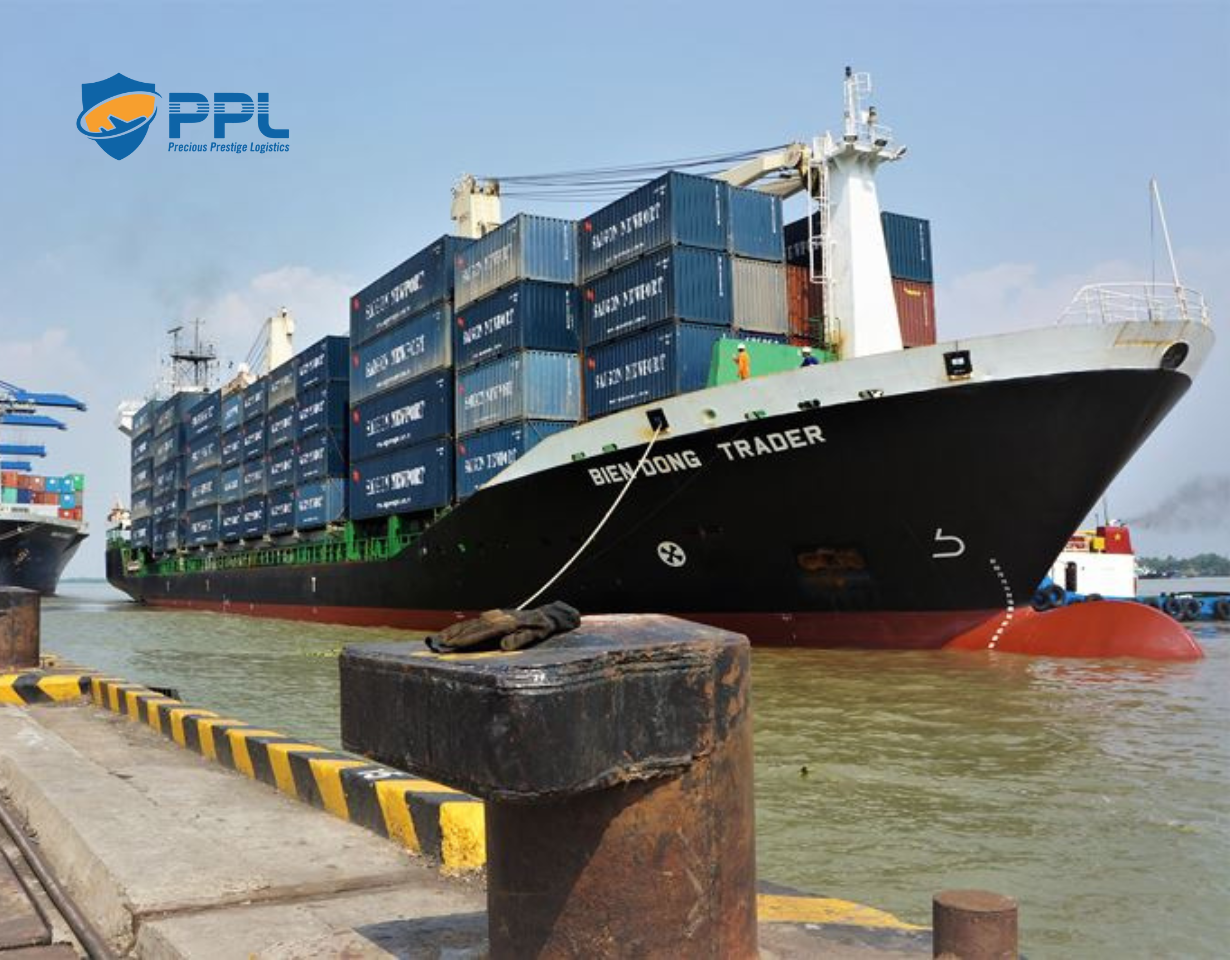
A representative of Minh Phu Seafood Joint Stock Company said that the company's annual logistics cost to transport shrimp from two factories in Hau Giang and Ca Mau to Ho Chi Minh City. Ho Chi Minh exports to other countries are very large, about 60 billion VND. If there is a more reasonable logistics service, goods can be exported directly from the Mekong Delta, without having to send them to Ho Chi Minh City. In Ho Chi Minh City, businesses will save costs by about 30-40%, and the competitiveness of agricultural products will also be higher.
Sustainable development solutions
Developing a logistics service system for the Mekong Delta is a very urgent matter, requiring many synchronous solutions, not just a few single solutions, lacking in fundamentality.
According to Mr. Nguyen Phuong Lam, Director of the Vietnam Federation of Trade and Industry Can Tho Branch, the Prime Minister has approved the master plan for the Mekong Delta region in the 2021-2030 period, with a vision to 2050. important planning, bringing about strategic adjustments to make the Mekong Delta develop quickly and sustainably.
Along with that, many large projects are being built and the transport investment planning for the Mekong Delta is considered a turning point for change. If local governments speed up logistics center projects and prioritize investment policies, it can be said that the next 5 years will be a golden period for the logistics industry. This is also the industry that is considered the most attractive investment industry in the Mekong Delta today.
To develop the logistics service system, two Associate Professors Tu Van Binh and Nguyen Phu Son said that completing the inland waterway transport system is one of the important solutions. Sectors and localities should focus on solving bottlenecks, connecting inland waterway ports with roads, highways, industrial parks, seaports... access to water transport.
Along with that, sectors and localities need to continue to invest in infrastructure systems that adapt to the requirements of the main trade corridors of the Free Trade Agreements, mobilize the participation of the private sector in capital financing and service provision; increase domestic capital for investment projects to develop the inland waterway transport network, improve the capacity to coordinate inland waterway and sea transport.
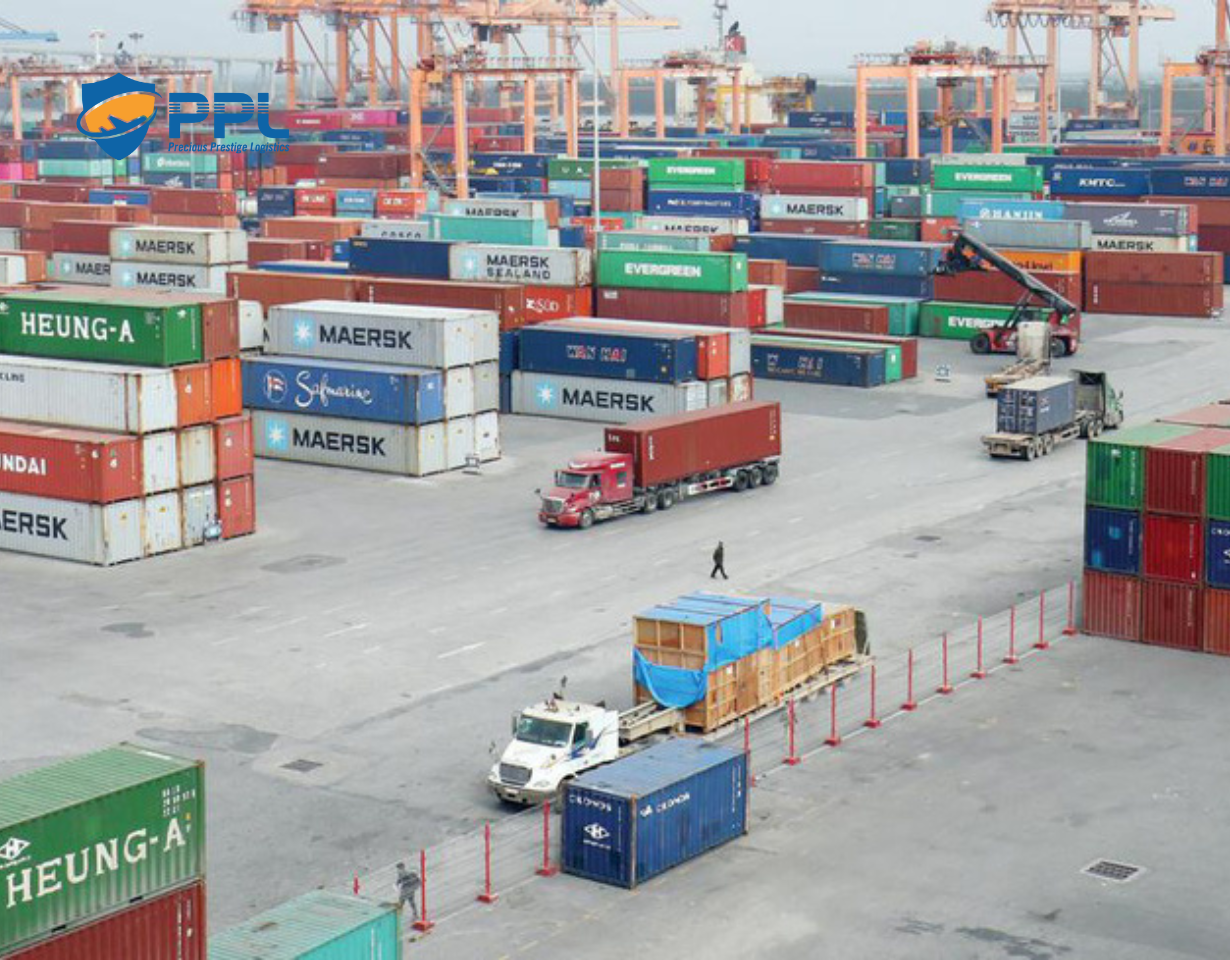
For the road traffic system, to quickly complete the planned southern key highways. In addition, all levels and branches develop the system of seaports and river ports, creating conditions for ships to transport efficiently in terms of time and tonnage. As for the development of the air freight system, it is necessary to calculate the transportation of fresh goods such as vegetables, fruits, and seafood to reach consumers in the fastest way and ensure quality.
In addition, the establishment of a regional logistics center is very necessary, because it will help the logistics system of localities in the region to solve the problem of high logistics costs compared to neighboring countries such as Thailand and Indonesia. , Singapore... The logistics center helps to connect with international shipping lines to be flexible in container regulation, avoid imbalance and push the container rental price too high and contribute to limiting loading and unloading through many intermediate stages.
From a business perspective, referring to the strategy of developing a regional logistics center for agricultural products, the Director of Hanh Nguyen Food Company Limited, Mr. Pham Tien Hoai, said that in order for delta agricultural products to be competitive compared with For countries in the region and reaching out to the world, the formation of logistics centers specializing in agricultural products is a mandatory requirement, contributing to reducing logistics costs from 30% to about 15% of product costs.
"At these centers, there will be all the services to serve and support agricultural products from purchasing, to sorting, selecting, washing, packaging, irradiation, sterilization, and cold storage until In order to develop many logistics centers for agricultural products in the Mekong Delta, special support policies from local authorities and the Government for both farmers, manufacturers, and importers are required. Only in this way can we improve the competitiveness of goods from localities in the Mekong Delta," said Mr. Pham Tien Hoai.
Developing a strategy for the development of Vietnam's logistics industry to 2030
At the Vietnam Logistics Forum 2022 with the theme "Green Logistics" organized by the Ministry of Industry and Trade and the City Party Committee, Hai Phong City People's Committee at the end of November, Head of the Central Economic Commission Tran Tuan Anh assessed, in the context of New development requires the logistics industry to have solutions to ensure the role of logistics in maintaining the supply chain of goods and services, and to have a different mindset, vision, and solutions. shape new directions to catch up with the world, demonstrating a leading role in efforts to protect the environment and reduce greenhouse gas emissions.
Mr. Tran Tuan Anh suggested that the Ministry of Industry and Trade should closely coordinate with relevant ministries, branches, and agencies to continue to focus on concretizing and advising on institutionalizing the Party's views and guidelines on service development. logistics. Simultaneously, research, develop and submit to competent authorities for promulgation the Strategy for the development of Vietnam's logistics industry to 2030, with a vision to 2045, ensuring to meet the development requirements of this field in the context and new situation.
In which, focus on green logistics development orientation and environmentally friendly solutions; perfecting institutions, policies, and laws on logistics services, multimodal transport, cross-border transport, internalizing international commitments on logistics... creating a favorable legal basis for operations logistics and green logistics development in Vietnam.
Especially implementing digital transformation, and green transformation in the logistics industry; consider this both a requirement and a driving force for innovation and sustainable development of Vietnam's logistics industry in the coming time. Continue to promote international association and cooperation activities, especially in the field of training, sharing of experience in developing green logistics, digital logistics, and e-commerce logistics... to improve capacity, adaptability, competitiveness, and mastery of some value chains of Vietnamese enterprises in this field in the coming time.
Related Posts
New Posts
- Vietnam Holiday Announcement
- PPL contributes to the success of the Greater Changhua 2b&4 Offshore Wind Farm Project
- Update on the Nam San 3 (Laos) Project February 2024
- PPL HAPPY NEW YEAR 2024
- LUNA NEW YEAR HOLIDAY 2024 ANNOUNCEMENT
- PPL CONDUCTS A CHARITY PROGRAM OF FREE MEDICAL EXAMINATIONS, CONSULTATIONS, AND MEDICATION DISTRIBUTION IN THAI BINH PROVINCE


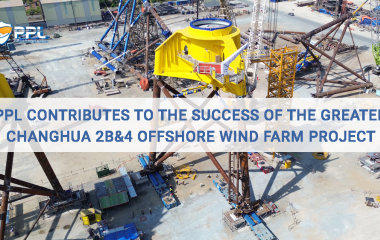
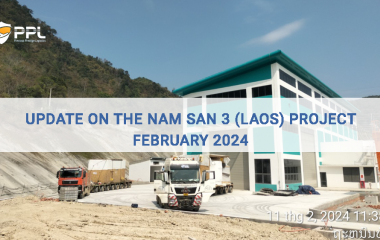

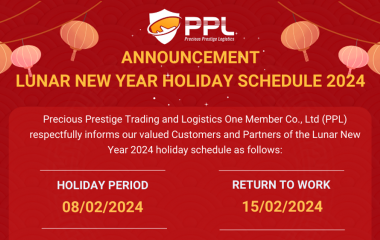
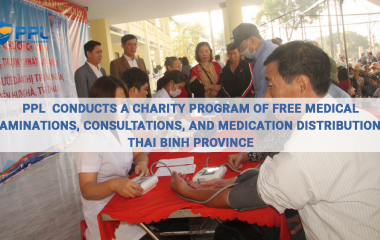
Comments